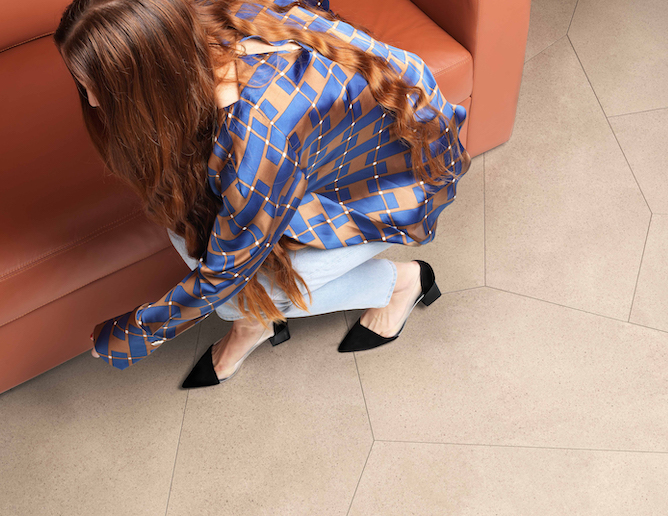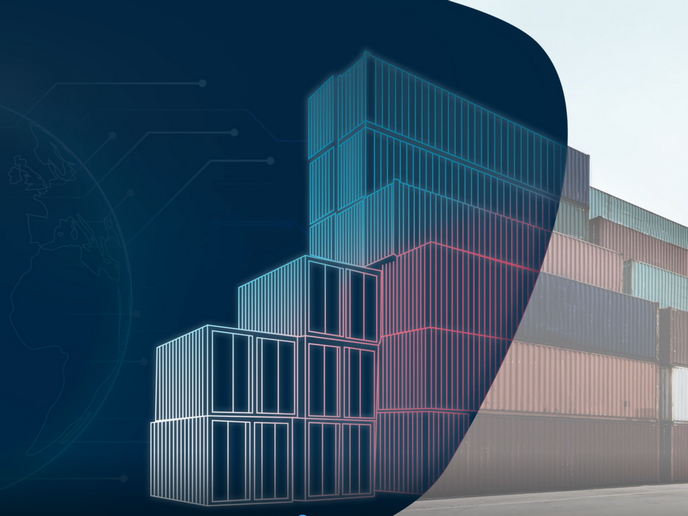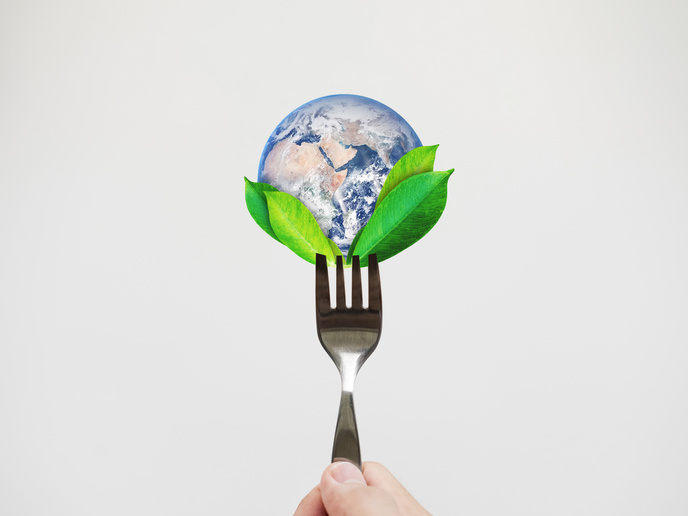Natural floor tiles support a sustainable building sector
Housing and buildings have a huge environmental footprint. Together, they account for more than 40 % of the EU’s total energy consumption, 36 % of all greenhouse gas emissions, half of all extracted materials, and a third of all water consumption. As if this wasn’t enough, the average EU citizen generates over 160 tonnes of construction waste over their lifetime. If the EU is to meet its Green Deal climate objectives of reducing net greenhouse gas emissions by at least 55 % by 2030 and becoming climate-neutral by 2050, it must achieve a more sustainable building and housing sector. For one Italian design company, this starts with the floors. To help support a sustainable building sector, Mogu has developed an innovative technology for producing naturally grown flooring materials. “Our company focuses on creating sustainable, natural solutions that protect the environment and enhance the living space,” says Stefano Babbini, Mogu CEO. “Our new natural floor tiles exemplify this vision.” Thanks to the support of EU funding for the MOGU floor project, the company’s bio-based flooring solutions are now market-ready.
From mycelium to tile
MOGU floors begin their life as mycelium, the vegetative stage of mushrooms. “The EU funding helped us identify new methods for growing these amazing organisms and for converting them into practical, plastic-free building materials,” explains Babbini. The production process starts with the company growing carefully selected mycelium strains using substrates composed of agro-industrial residues. Next, the mycelium materials are collected and dried. “Not only does this process use very little energy or other resources, it results in a product that is completely stable, safe, durable and biodegradable,” adds Babbini. To create the floor tiles, the company uses the mycelium as a composite core and coats it with a proprietary formula comprised of 80 % resins. “For the first time ever, we can take by-products and convert them into high-performance, attractive flooring solutions,” notes Babbini. “In doing so, we are supporting a circular economy and laying the foundation for an environmentally and economically sustainable flooring sector.” Mogu’s sustainable tiles are available in a variety of colours and shapes and can be fully customised on a customer’s request. The tiles, which were listed on the ADI Design Index 2020 (website in Italian), have been shortlisted for the prestigious ADI Compasso d’Oro Award (website in Italian).
The road to sustainability is a long one
As with any new manufacturing process, getting from mycelium to flooring was no easy task. According to Babbini, one key challenge was finding industrial plants and subcontractors with the ability to produce the product. “This is essentially a clean-sheet design, meaning a ready-made manufacturing process didn’t exist,” he says. “To ensure we could produce our product at scale, we had to constantly rework and adapt our formula to match the capabilities of the available industrial plants.” Despite these challenges, the company succeeded. “We’ve proved that it is possible to make alternative and sustainable products without sacrificing quality or performance,” concludes Babbini. But the road to sustainability is a long one, and Mogu is just getting started. The company is currently enhancing its flooring product by increasing its bio content and fine-tuning the industrial process. It is also expanding its market reach by exhibiting at such global events as Expo Dubai, Fuori Salone, DDW and Floriade, amongst others.
Keywords
MOGU floor, floor tiles, tiles, sustainable, building sector, construction waste, Green Deal, Mogu, flooring materials, mycelium, circular economy







